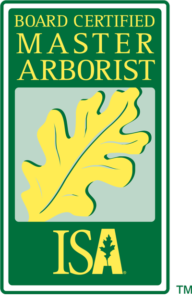Tree Identification for Beginners
Being able to identify trees can be a rewarding experience, adding a new layer of appreciation for your natural surroundings. Whether you’re a curious beginner or a budding botanist, this guide will help you get started on tree identification.
Observation is Key
Start by simply observing the trees around you. Take note of the shape, size, and color.
Observation Tips
- Observe from different angles.
- Take photos for later analysis.
Leaf Identification
Leaves are often the easiest way to identify a tree. Look for unique characteristics such as shape, size, and margin edges.
Leaf Identification Tips
- Simple leaves have a single blade.
- Compound leaves have multiple leaflets.
Bark Texture
Different tree species have distinct bark textures, which can be another clue for identification.
Bark Identification Tips
- Observe the color and texture.
- Take note of any distinct markings or patterns.
Tree Shape and Size
The overall shape and size of the tree can offer clues. Some trees have characteristic shapes that make them easy to identify.
Shape and Size Tips
- Consider height and canopy shape.
- Observe the branching pattern.
Seasonal Changes
Different seasons bring different characteristics. For example, deciduous trees lose their leaves in fall, while conifers stay green year-round.
Seasonal Tips
- Consider fruit and flower presence.
- Observe autumn leaf colors.
Using Field Guides and Apps
Several excellent field guides and mobile apps can help you identify trees with ease.
Guide and App Tips
- Choose a reputable field guide.
- Use an app with good reviews and frequent updates.
Conclusion
Tree identification can be a fascinating and enriching hobby. With a bit of practice, you’ll soon be identifying trees like a pro!
Additional Resources
Contact Us
For more expert advice on tree identification, contact us.


